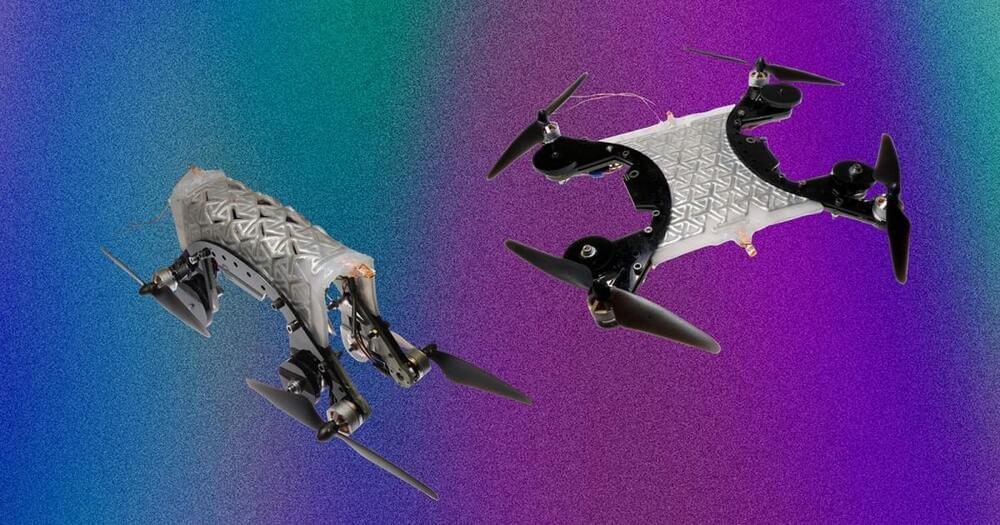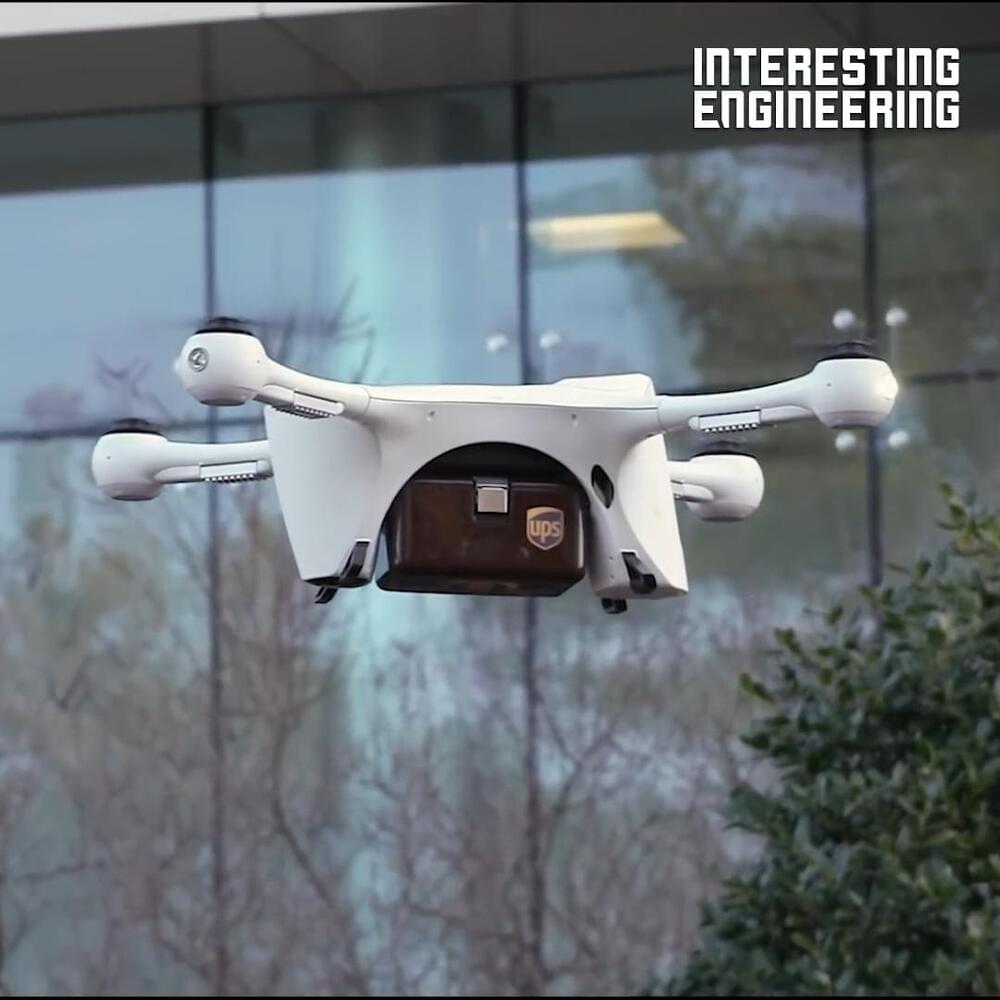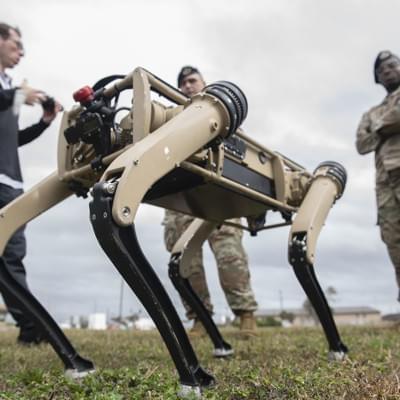On-demand drone delivery specialist Flytrex releases booming activity growth for 2021 in three North Carolina communities it serves.
While the development of all kinds of next-generation aviation and UAV activity merits the attention it attracts, the reality is a lot of what’s afoot is still in early-phase operation or testing. That work-in-progress status makes seeing quantified metrics in advanced applications like those released today by drone delivery specialist Flytrex particularly useful in measuring rates of progress.
The marquee stats Flytrex published include over 12,000 orders its automated drones delivered to backyards in its North Carolina zone of operation in 2021 – more than any other company in the US, it says. That activity was the densest on New Year’s Eve, when orders flowed in at the rate of one per 6.5 minutes, requiring the company to have three UAVs flying at once.




